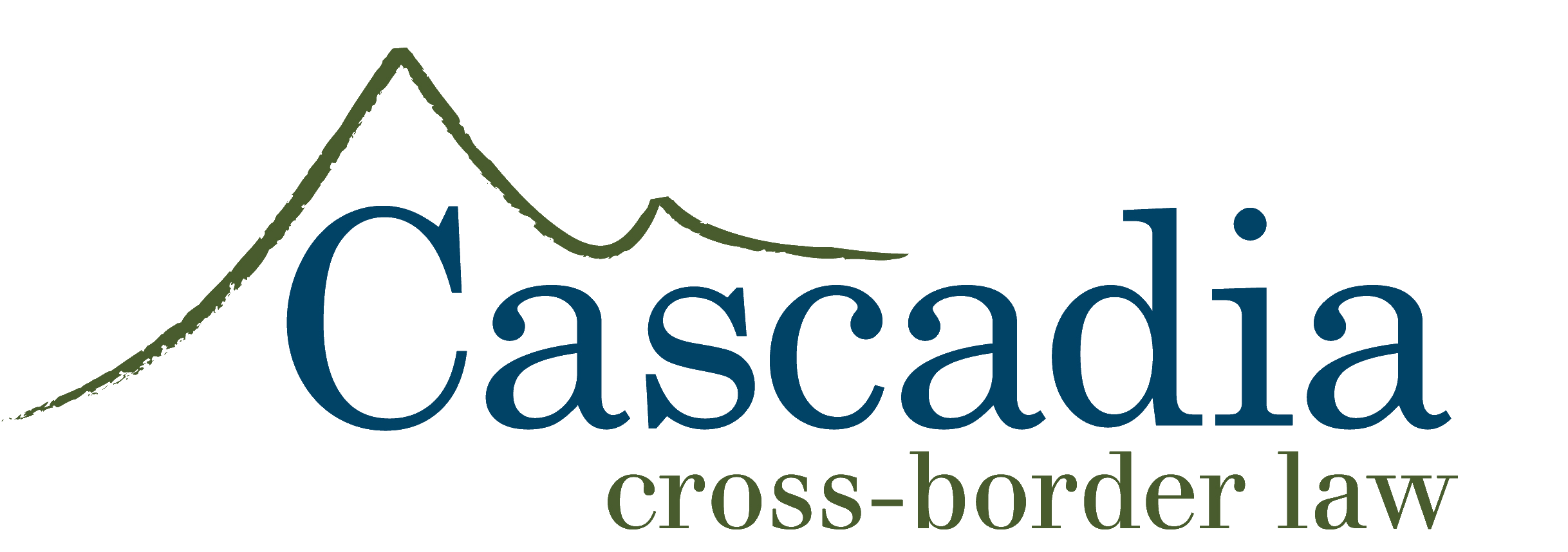JUST ANNOUNCED!!! USCIS will accept adjustment of status applications (green card applications) based on the Department of State’s “Dates for Filing Charts,” for both family based and employment based petitions. In the past, the agency has followed the Final Action dates chart.
Here’s a link to October’s Visa Bulletin.
Here’s USCIS’s reciprocal page: When to File Adjustment of Status Application for for Family-Sponsored or Employment-Based Preference Visas: October 2016.
Background
For the past year, the Department of State has been publishing two charts for family based and employment based immigrant categories in its month Visa Bulletin. The charts address “Final Action Dates” and “Dates for Filing Applications”. The dates for filing applications are more generous with the cutoff dates, meaning someone who may not have an immediately available visa may still apply for adjustment of status.
Quick Take
This has a number of different implications. For example, some H-1B holders who are bound to work for a single employer can file sooner than expected for adjustment of status in October. In turn, they can obtain a non-employer specific employment authorization card and travel authorization. They can also file adjustment of status applications for their spouses and children, and as applicable also obtain work and travel authorizations for them.
Additionally, they could take advantage of the American Competitiveness in the 21st Century Act’s change of employer provisions, which allow a person to change employers with an approved I-140 petition, if an adjustment of status application has been pending 180 days or more.
In a time where retrogression routinely disadvantages holders of approved I-140s, this is a significant announcement. Should dates later retrogress, the adjustment of status applicant will still be able to renew their work authorizations. Further, employers may be able to avoid future H-1B applications, though this and all of these considerations may merit discussion with qualified immigration counsel.
Here’s USCIS’s Press Release:
DOS Publishes Visa Bulletin for October 2016
On Sept. 8, the Department of State published its Visa Bulletin for October 2016. The Visa Bulletin is a monthly report on visa availability. USCIS has determined that for the month of October 2016, applicants for all family-sponsored and employment-based preferences may use the Dates for Filing Visa Applications chart, except for certain employment-based fourth preference (EB-4) non-minister religious workers and for employment-based fifth preference (EB-5) Regional Center Program participants, as explained below. These two groups must use the Application Final Action Dates chart.
Notes:
· Employment-based applicants include Special Immigrant Juveniles because they adjust their status under the EB-4 visa category.
· Statutory authorization for both the EB-5 Regional Center Program and the EB-4 non-minister special immigrant program for certain religious workers is scheduled to expire on Sept. 30, 2016. Therefore, visas are unavailable for these categories after that date, unless Congress enacts, and the President approves, a law extending their eligibility. If these programs are reauthorized, USCIS will update the Visa Bulletin and program webpages. For more details, read section D, “Scheduled Expiration of Two Employment Visa Categories,” in the October 2016 Visa Bulletin.
About the Visa Bulletin
Congress annually sets the numbers of immigrant visas that may be issued for the family-sponsored and employment-based immigrant preference categories. If you are a prospective immigrant in any of these categories, the Visa Bulletin shows when a visa is available to you based on your priority date.
Immigrant visas for immediate relatives of U.S. citizens are not subject to numerical limits.
The Department of State updates the Visa Bulletin on or about the eighth day of each month. USCIS updates information on its Adjustment of Status Filing Charts from the Visa Bulletin page about one week later. Sometimes, a category that is current one month will not be current the next month, or a priority date will move backward to an earlier date. This is called visa retrogression. It generally occurs when the annual limit for a category or country has been reached or is expected to be reached soon. USCIS encourages those seeking immigrant visas to check the Visa Bulletin each month to learn about changes to the Visa Bulletin and possible visa retrogression.
